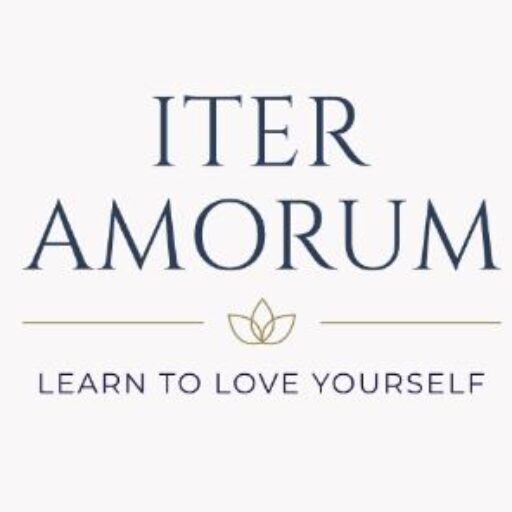Published on September 26, 2024
INTRODUCTION AND OBJECTIVE
In her book Ritual: Perspectives and Dimensions Catherine Bell presents the meaning of ritual and how it was performed, transmitted, and perceived in modern times when people seemed to detach themselves from the religion and its core of practice. Thus, deeply connected to some sort of practices, religions or cultures, ritual shows a real connection to historical and cultural contexts that emphasize the role of historical and cultural contexts regarding what ritual might be in a pointed era. In the following, I will try to show how phenomenology is intrinsically linked to what we call ritual in today’s world.
RESULTS
C. Bell’s chapter eight of the above-mentioned book begins with a statement that can support the idea that ritual is not a universal category, but a phenomenological construction that has a connection to a historical and cultural context, so she states that ritual is not an abstract and analytical category but implies changes according to time and place (Bell, p. 253)
Another idea that stands out in her book is that 20th-century societies, despite not going to practice any more institutionalized rituals such as those imposed by the Church through Liturgy, do not mean that the ritual has declined. Catherine Bell says that other types of rituals such as “political, sporting, musical, medical, academic, and so on—have taken the place of the traditional ones”. (Bell, p. 254)
In opposition to the fact that the ritual did not decline, there are some other historical situations when the practicing of ritual has been rejected (for example, the 16th-century Protestant reformers saw the rituals as a form of papal idolatry; the ancient Taoists rejected rituals etc), but we need to say that the protest was not against the ritual itself, but against of some form of “pomp, mystery, rigidity, or claims for material efficacy” (Bell, p. 255)
The idea that the ritual is not an abstract and universal concept is lined out by Bell in another idea that the repudiation of the ritual is linked to a context that changes the way the people look at the ritual in a specific time and a particular place. (Bell, p. 255) More than this, the ritual supposes to imply the concepts of “personhood, national community, and religious authority.” (Bell, p. 255)
An interesting perspective is the one that approaches the movement of secular Jews towards an orthodox way of living, a fact that obliged the community to find new ways to apply the tradition and to invent new methods of practicing religion. (Bell, p. 256, 257)
In a world of so many problems with adolescents and the way how adults are trying to solve this issue, rituals became a method of dealing with delinquency through initiation rites that can deliver relief and reconciliation between their worlds and the adults. (Bell, p. 258)
Thou might be connected to some social and cultural contexts that lead to their apparition, rituals face some changes dictated by the “immediate world, often drawing it into the very activity of the rite in multiple ways”. (Bell, p. 266)
DISCUSSION / SUMMARY
Ritual as it may appear at first glance implies the relation to religion and its practice in some sort of interconnection between the two, but ritual evolved from primitive implications to some psychological approaches, such as Reiki or Transcendental Meditation, healing methods that are, some say, not connected to religion or having a religious implication. The way that ritual is linked to a social and cultural context can be seen in Catherine Bells’ book, but, as a personal approach, I can say that ritual cannot be developed outside of a particular context that will generate a specific practice (see how Transcendental Meditation appeared during 1960’ with the help of so famous band The Beatles).
BIBLIOGRAPHY
Bell, Catherine. Ritual Perspectives and Dimensions (Revised Edition). 1997. Cary Oxford
University Press Ann Arbor, Michigan Proquest, 2009
